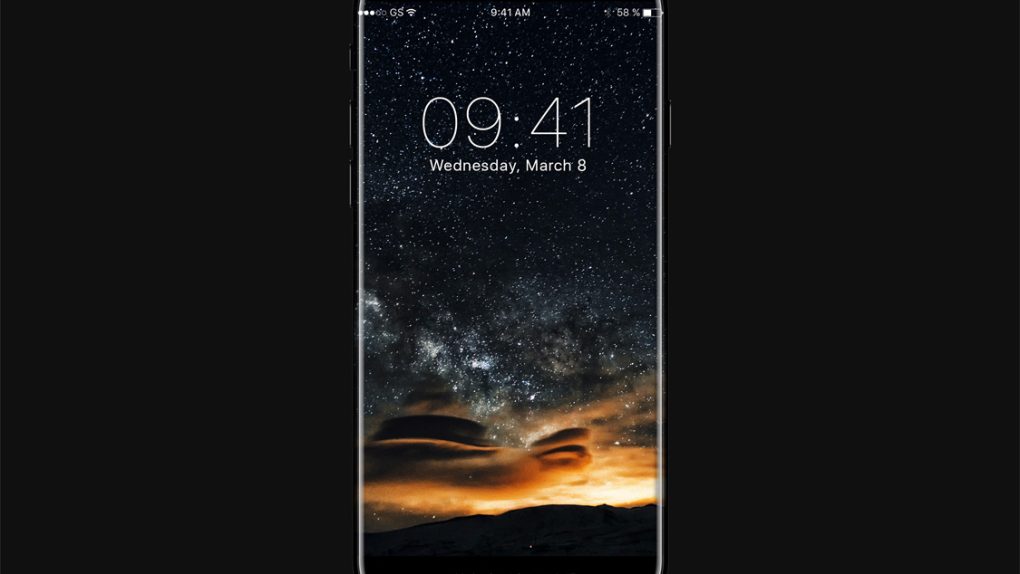In a move that would undoubtedly constitute a drastic design shift, Bloomberg is reporting that Apple’s highly anticipated iPhone 8 may do away with the tried and true Touch ID sensor, a feature that has been an integral part of the iPhone user experience since the iPhone 5s. In its place, Bloomberg reiterates earlier claims that Apple is preparing to integrate a new facial recognition scheme that will reportedly be accurate and secure enough to identify users and even authorize financial transactions.
While it was initially believed that the iPhone 8 would feature a Touch ID sensor embedded into the display itself, rumblings from the rumor mill now suggest that technical challenges Apple encountered have put those plans on the shelf.
Reports of Apple’s plans to implement a facial recognition via new 3D sensors have been making the rounds for quite some time, but only recently have we seen indications that the aforementioned 3D sensors might replace Touch ID altogether.
The sensor’s speed and accuracy are focal points of the feature. It can scan a user’s face and unlock the iPhone within a few hundred milliseconds, the person said. It is designed to work even if the device is laying flat on a table, rather than just close up to the face. The feature is still being tested and may not appear with the new device. However, the intent is for it to replace the Touch ID fingerprint scanner, according to the person.
As we’ve covered previously, the 3D camera technology Apple plans on using on the iPhone 8 is likely based on technology Apple brought in-house when it acquired an Israeli company called Realface. The technology itself is impressive and is said to be remarkably secure, but it remains to be seen if its ease of use can even come close to rivaling the iPhone’s existing Touch ID feature.
Bolstering Bloomberg’s report, MacRumors last night got its hands on reputed analyst Ming-Chi Kuo’s full report regarding the upcoming iPhone 8. And while the initial excerpts from Kuo’s report that we saw yesterday were somewhat ambiguous, the full report is much clearer.
As the OLED iPhone will not support fingerprint recognition, we think it may have to rely on facial recognition to ensure security. As such, we believe Apple (US) will be very demanding as regards the quality of 3D sensing, thereby increasing the difficulties in hardware production and software design.
While it might be easy to dismiss one errant rumor by itself, both Kuo and Bloomberg tend to have solid track records with respect to Apple rumors. It’s still hard to believe that Apple would truly get rid of the Touch ID sensor and the seamless user experience that is Apple Pay, so we’ll definitely have to keep a close eye on supply chain rumors in the coming weeks.








